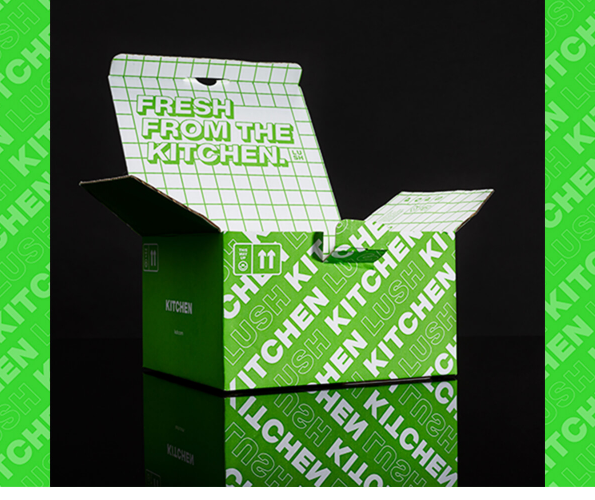Readers notice your email images. They read your copy blocks (you hope). They tap or click on your call-to-action buttons. But who actually says, “Wow, I love how this email creatively mixes fonts, weights, point sizes, and white space! It makes me want to click!”?
Nobody. Nobody says that. But the way you design your copy can lead customers to convert or drive them away. The best email designers know how to balance images with copy, use typography to convey brand identity, create excitement, and guide eyes and fingers to click.
Keep reading to discover tips, best practices, and dozens of email examples that show you how to make a big impact with your copy without redesigning every template.
1. Readability, rendering matter
Email typography can be tricky. A typeface that looks good on a website can break in an email if the reader’s browser doesn’t support the designer’s choices.
Arial is one of the most widely supported typefaces—the name for the letter design. Using these standard typefaces will ensure your email looks right for just about everybody. Standard typefaces aren’t showy, but they won’t get in the way of the message you want to convey. This email from Lush uses Arial.
2. Combine font weights, sizes to add interest
Most typefaces appropriate for body copy come in light and boldface versions, as well as the basic design. Combine a boldface header with a light font for the copy—as shown in this Freshly Picked survey request—to create interest when you don’t have or want an image. You can also use different fonts to add emphasis.
3. All-caps or no?
All-capital emails are bad because they look like you’re shouting, right? Not anymore. In HTML email design, a mix of all-caps styles and sizes can work in moderation. Click to view how Janie & Jack makes it happen. Tip: Tall, skinny typefaces are better than squat, bold looks.
4. Define, don’t dazzle
You can create interest and define message hierarchy by mixing type styles, sizes, and font weights, as in this Man Crates email. Using more than one typeface or mixing serif and sans serif typefaces can highlight important copy or add extra intrigue, especially if your brand is fun or playful. The trick is knowing when to say when!
5. Color it up
Font color can also highlight important copy. We love this Pottery Barn Kids email, which extends the glow-in-the-dark imagery to the font and CTA colors.
6. Give it a rest with white space
The more typographical elements you use, the more you need white space to define important content and maintain readability. This Sugarfina email is all over the place. All caps! No caps! Italics! Fonts! Serif and sans serif! But they’re used in moderation, and the email has plenty of space to keep everything under control.
7. Yes, size does matter
Is there an ideal point size for the body copy? It depends. The smaller the screen, the larger your point size should be for readability. Aim for an 11- to 18-point copy (or 15px to 24px for coders). Reebok does it both ways, pairing a 56px header with a 15px body copy.
9. Find that font fast!
Like a font you see in an email? You don’t have to be an email designer to track it down. Just click on the dropdown menu on the left to reveal the HTML code.
Look for @font-face, which displays the font, or weight of the typeface the designer specified for the email, or @font-family, which can include several fonts as fallbacks in case the reader’s browser doesn’t support what the designer chose.
Looking for more?
We just created a new email example list that shows off dozens of different typographical looks, from subtle to bold. Scroll through for ideas and inspiration, then share it with your team, or swipe the ones you like to start your own list!











